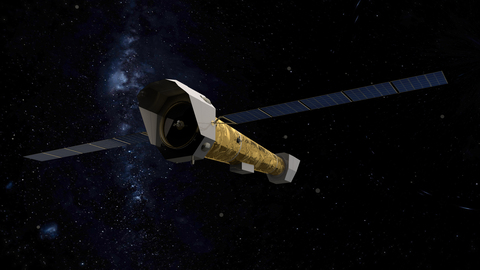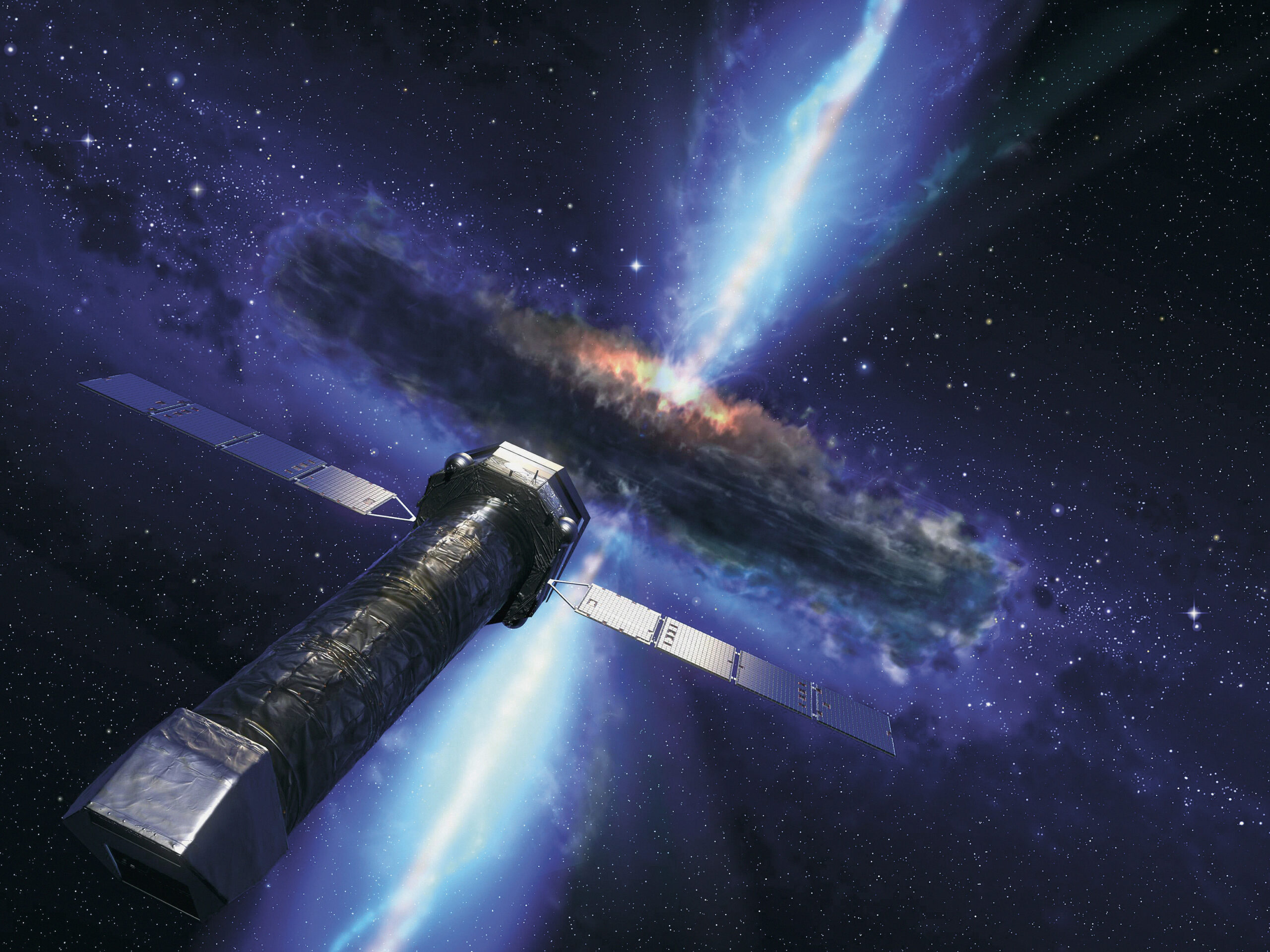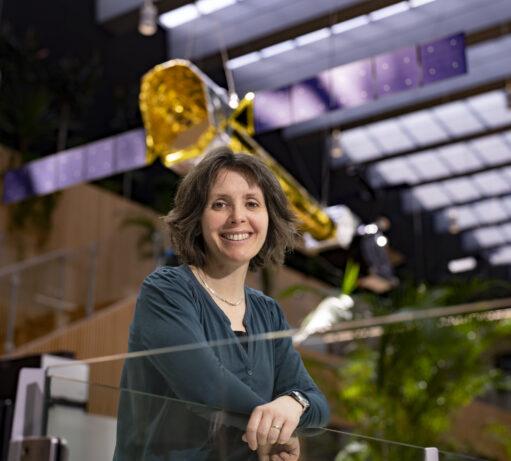| Status | In development |
| Launch | 2037 |
| Space organisation | ESA |
| Type | X-ray (0,1 – 10 nm) |
| Orbit | Heliocentric (L1) |
| SRON contribution to | X-ray Integral Field Unit (X-IFU) |

Division of hot gas into clusters
NewAthena will map the distribution and composition of hot gas within clusters of galaxies. It will look at different distances, and thus across multiple cosmic ages. Astronomers will use that data to understand how these large-scale structures formed and evolved. Most of the “normal” matter in the universe consists of hot gas that is visible only to telescopes like NewAthena because it emits mostly X-rays.
Supermassive black holes
NewAthena will also study supermassive black holes at the center of galaxies. Their activity affects the formation and evolution of their galaxies. While they spew out material via “outflows” or “jets,” they also suck in stars and gas from their surroundings. This releases X-rays, which NewAthena makes grateful use of. It will observe supermassive black holes at distances where the universe is between one and a half and six billion years old. This is the era when star formation and the accretion of supermassive black holes was at its peak.
Camera and spectrometer
NewAthena has two scientific instruments on board. The Wide Field Imager (WFI) acts as the wide-view camera, while the X-ray Integral Field Unit (X-IFU) serves as the spectrometer. SRON shares leadership of the international consortium developing X-IFU. In addition, SRON is developing X-IFU’s camera and backup detectors-Transition Edge Sensors (TES).

A thousand colors in the rainbow
The detectors give X-IFU an unprecedentedly high spectral resolution of at least four electron volts. This is comparable to distinguishing a thousand colors in the rainbow. This allows astronomers to identify the barcodes that substances leave behind in the spectrum of a space object. TES detectors operate at the edge of a superconducting state, in which an electric current encounters no resistance. To this end, the detectors are held at just five hundredths of a degree above absolute zero around -273 °C. When an X-ray particle from the universe strikes a detector, it heats up slightly, causing the superconducting state to decay. The magnitude of the electrical resistance is proportional to the energy of the impacting X-ray beam. X-IFU thus builds up a spectrum for a celestial body piece by piece. In total, 1,500 detectors form as many pixels within X-IFU. Each pixel contains a spectrum, allowing astronomers to see how the substances present are distributed across a celestial object.









